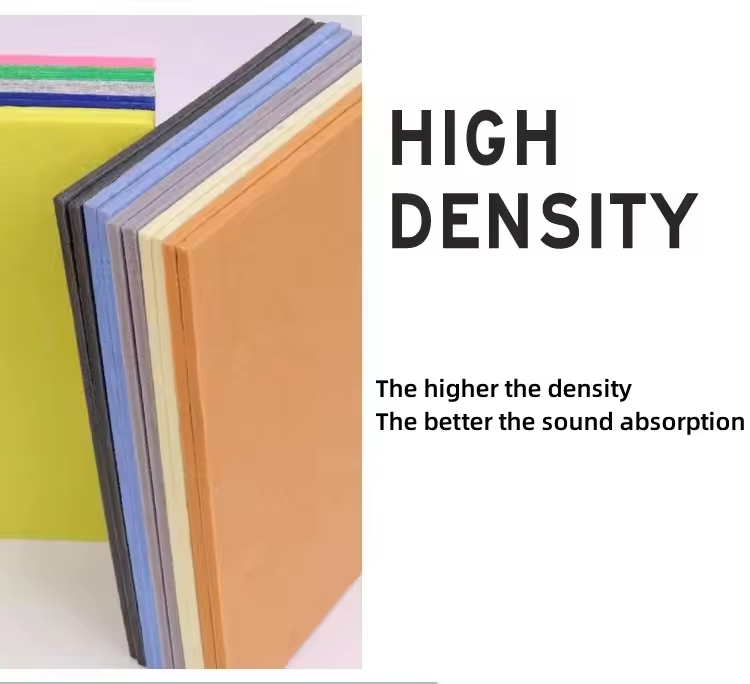Exploring Distressed Mirror Glass A Unique Blend of Aesthetics and History
In the realm of interior design, the choices we make in materials can significantly influence the ambiance of a space. One increasingly popular trend is the use of distressed mirror glass—a fascinating material that marries vintage charm with contemporary style. This article delves into what distressed mirror glass is, its historical significance, and how it can transform your living spaces.
Distressed mirror glass, as the name suggests, has a deliberately aged appearance, characterized by imperfections like spots, scratches, and a tarnished surface. This treatment creates an aesthetic that resembles the antique mirrors of a bygone era. Unlike standard mirror glass, which boasts a flawless and reflective surface, distressed mirror glass tells a story—each piece is unique, reminiscent of the wear and tear experienced over time.
The use of mirrors in design dates back centuries, with their roots in ancient civilizations. The earliest mirrors were made from polished stones and metal, eventually evolving into glass during the Renaissance. As time progressed, mirrors became symbols of opulence, adorned in royal palaces and grandiose residences. However, with the passage of time, even the most magnificent mirrors would show signs of age, leading to the birth of the distressed mirror aesthetic we see today.
distressed mirror glass
This style does not merely cater to those with a penchant for vintage decor; it has garnered widespread appeal for several reasons. Firstly, distressed mirror glass adds depth and character to any space. By reflecting light differently compared to standard mirrors, it creates an atmosphere that feels both warm and inviting. This makes it an excellent choice for living rooms, dining areas, and even bedrooms—places where we seek comfort and connection.
Moreover, distressed mirror glass plays wonderfully with various design styles. Whether you're embracing a rustic, industrial, or modern aesthetic, these mirrors can act as a versatile focal point. In a rustic setting, they can enhance the coziness of timber beams and stone walls. In an industrial space, the rawness of distressed mirrors can complement metal fixtures, providing contrast while maintaining harmony. For modern designs, they offer a refreshing twist that breaks the sterility often associated with sleek surfaces.
In addition to their aesthetic appeal, distressed mirrors possess practical advantages. They can visually expand smaller spaces by reflecting light and creating an illusion of depth. This effect can be particularly beneficial in urban apartments where space is at a premium. Furthermore, their unique textures can serve as a conversation starter, inviting guests to engage with the space and ponder its history.
In conclusion, distressed mirror glass is more than just a decorative element; it encapsulates a blend of history, artistry, and functionality. Its ability to enhance various design themes while adding character makes it a sought-after choice for modern interiors. Whether you're renovating your home or simply looking to add a touch of individuality to your decor, consider incorporating distressed mirror glass. It’s a timeless piece that not only beautifies but also connects us to the past, serving as a reminder of the elegance that imperfection can bring.
 Afrikaans
Afrikaans  Albanian
Albanian  Amharic
Amharic  Arabic
Arabic  Armenian
Armenian  Azerbaijani
Azerbaijani  Basque
Basque  Belarusian
Belarusian  Bengali
Bengali  Bosnian
Bosnian  Bulgarian
Bulgarian  Catalan
Catalan  Cebuano
Cebuano  Corsican
Corsican  Croatian
Croatian  Czech
Czech  Danish
Danish  Dutch
Dutch  English
English  Esperanto
Esperanto  Estonian
Estonian  Finnish
Finnish  French
French  Frisian
Frisian  Galician
Galician  Georgian
Georgian  German
German  Greek
Greek  Gujarati
Gujarati  Haitian Creole
Haitian Creole  hausa
hausa  hawaiian
hawaiian  Hebrew
Hebrew  Hindi
Hindi  Miao
Miao  Hungarian
Hungarian  Icelandic
Icelandic  igbo
igbo  Indonesian
Indonesian  irish
irish  Italian
Italian  Japanese
Japanese  Javanese
Javanese  Kannada
Kannada  kazakh
kazakh  Khmer
Khmer  Rwandese
Rwandese  Korean
Korean  Kurdish
Kurdish  Kyrgyz
Kyrgyz  Lao
Lao  Latin
Latin  Latvian
Latvian  Lithuanian
Lithuanian  Luxembourgish
Luxembourgish  Macedonian
Macedonian  Malgashi
Malgashi  Malay
Malay  Malayalam
Malayalam  Maltese
Maltese  Maori
Maori  Marathi
Marathi  Mongolian
Mongolian  Myanmar
Myanmar  Nepali
Nepali  Norwegian
Norwegian  Norwegian
Norwegian  Occitan
Occitan  Pashto
Pashto  Persian
Persian  Polish
Polish  Portuguese
Portuguese  Punjabi
Punjabi  Romanian
Romanian  Russian
Russian  Samoan
Samoan  Scottish Gaelic
Scottish Gaelic  Serbian
Serbian  Sesotho
Sesotho  Shona
Shona  Sindhi
Sindhi  Sinhala
Sinhala  Slovak
Slovak  Slovenian
Slovenian  Somali
Somali  Spanish
Spanish  Sundanese
Sundanese  Swahili
Swahili  Swedish
Swedish  Tagalog
Tagalog  Tajik
Tajik  Tamil
Tamil  Tatar
Tatar  Telugu
Telugu  Thai
Thai  Turkish
Turkish  Turkmen
Turkmen  Ukrainian
Ukrainian  Urdu
Urdu  Uighur
Uighur  Uzbek
Uzbek  Vietnamese
Vietnamese  Welsh
Welsh  Bantu
Bantu  Yiddish
Yiddish  Yoruba
Yoruba  Zulu
Zulu 

